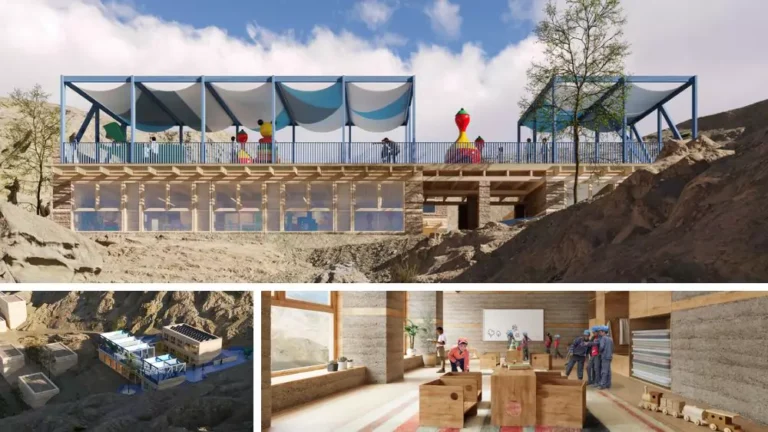Why Japan’s new interest rates might spark a transformation in Niseko’s property market
A new era for Niseko’s wintry property market dawns with the sunset of Japan’s negative rates regime and a potential rise of the yen
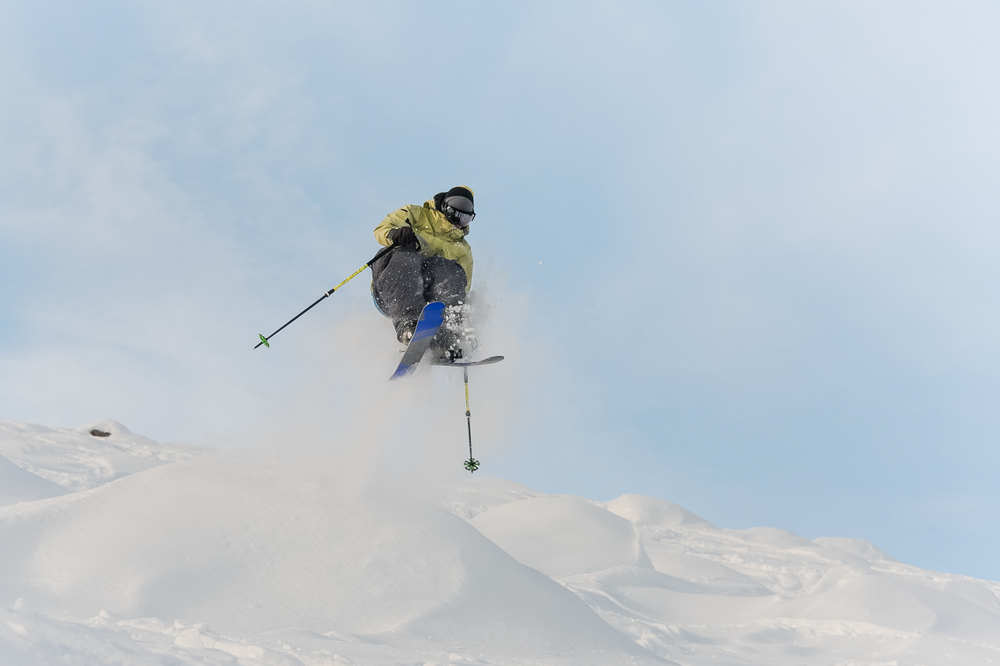
Economist Simon Kuznets famously said there are only four types of economies in the world: advanced, developing, Argentina, and Japan.
He would not live to see Japan’s “Lost Decades” when the economy rappelled down years of zero to negative interest rates.
In a surprise move, the Bank of Japan this year raised its near-term interest rate for the first time since 2007. The hike, which promptly roiled stock markets, delivered a stunning coda to Japan’s long period of loose monetary policymaking, marked by plenty of stimulus, quantitative easing, and cheap yen.
Sellers in Japan have long been cognisant of the yen’s value, which inversely affects property price points. Tokyo remains a highly institutional property market focused on currency hedging, but Greater Niseko is slaloming on a different slope.
With reasonable valuations and an ice-cold cachet, this retail market will likely maintain its steady ascent, according to Eddie Guillemette, chief executive of the property management and hospitality company Midori no Ki (MnK). “It’s a very resilient market because people enjoy skiing. There aren’t that many places to do winter sports in Asia.”
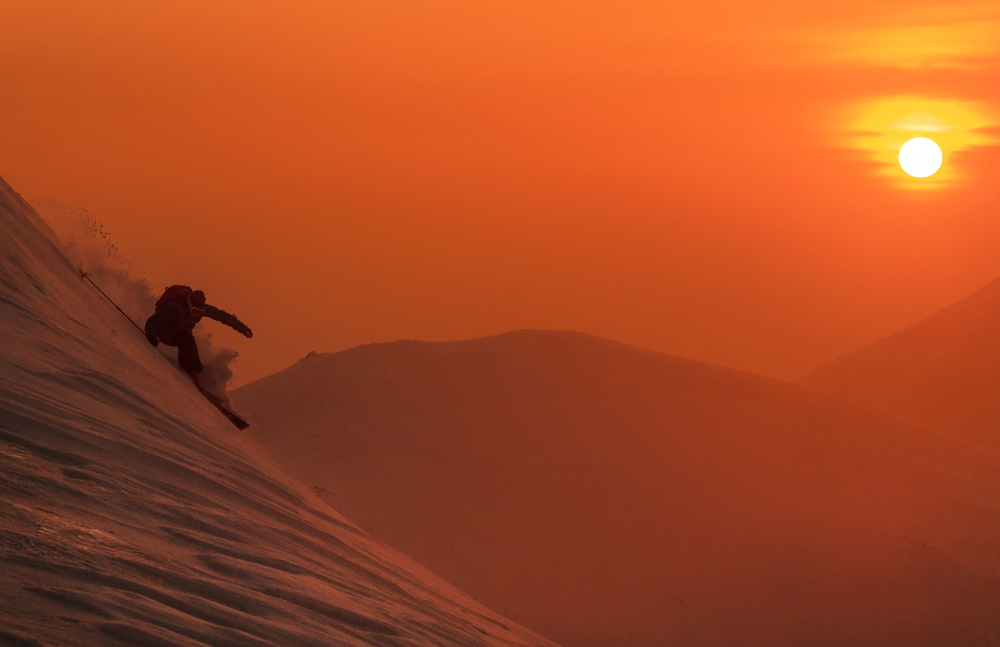
The weak yen has been a boon for inbound travel as much as Japan’s decades-long carry trade with Wall Street. “Tourism is the lifeblood of Niseko,” says Guillemette. “The increase in visitor arrivals has helped improve the rental yields for property owners and led to new buyers.”
Niseko, which experienced an Australian-led renaissance after the 1990s asset bubble burst, relied on government subsidies to sustain domestic tourism during the pandemic. Inbound travel has since recovered. From January to April, the number of foreign visitors to Japan surpassed those recorded during the same frame in 2019.
“Last year was our first real year. There was a massive and almost instant rebound,” says Gregory Hough, managing director of property management and holiday rental company Niseko Portfolio and Explore Travel Group. “The timing of this rebound was helped along by the weakening yen.”
Complicating things is the changing face of tourism in Niseko. While Australia, Hong Kong, Singapore, and the US remain key source markets, those from Mainland China, Thailand, Malaysia, and the Philippines are on the rise.
“In Niseko, resort real estate is an emotional buy versus urban real estate,” says Bill Barnett, managing director of the real estate and hospitality consultancy C9 Hotelworks.
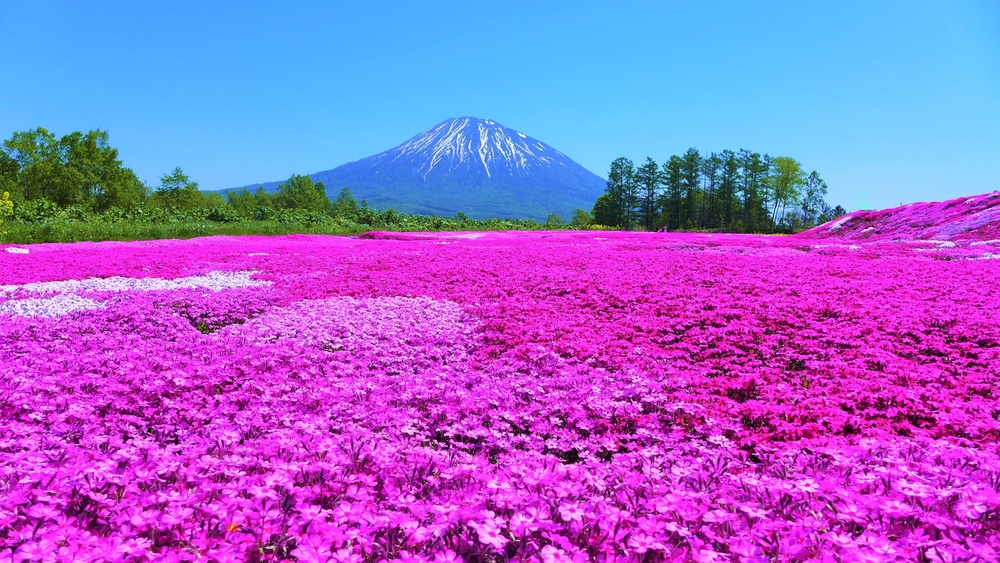
Currency fluctuations can trigger existing owners to sell and take profits, creating dynamic primary and resale markets with a broad mix of investors from variable home currencies. For instance, the Singapore dollar, Asia’s top-performing currency, lost 1.5 percent against the yen following July’s second interest rate hike.
“What we’re seeing is that a lot of people are not wanting to sell secondary products because they’re going to sell in yen and then they’re going to repatriate those funds and lose a hell of a lot on forex,” says Hough.
The Niseko market luckily has limited leverage, and such a minimal level of exposure to private debt may allow it to quietly accommodate the interest rate hikes. MnK reports that most owners of its landed projects paid in full with cash.
A stronger yen could allay Japan’s notoriously high construction costs, which have soared alongside increasingly expensive steel and building material imports, combined with labour shortages. Rising costs have caused delays in both approved and ongoing projects in Niseko, with post-pandemic construction expenses escalating by up to 50 percent.
“Several large hotel projects have slowed down due to soaring costs,” says Barnett. “This opens opportunities for individual properties to take advantage of high demand in peak season and obtain strong rental yields.”
Given the state of construction, landed houses in Niseko stand to benefit from high replacement costs over time. In general, buildings that are close to the mountain, less than 10 years old, well-constructed, and properly managed tend to appreciate quickly.

Hirafu, home to Niseko’s original ski lifts, saw its average condominium selling prices soar to USD14,644 per square metre last year, according to C9 Hotelworks.
Ski-in and ski-out projects still perform very well, commanding premiums over landand-house developments. “There’s only so many that can be ski-in, ski-out because the geography just limits it,” says Guillemette. “Older condos outside the ski-in, ski-out zone tend to hold their value in an arc. They go up in the first few years. Then they come down and level off until they’re renovated.”
Land values in Niseko have consistently risen by five to 10 percent annually for the past decade. In 2023, commercial and retail plots appreciated by eight percent while residential plots grew by one percent, according to C9 Hotelworks, citing ministry data. While initially costly, mountain-adjacent land with features like hot spring connections eventually trails farther plots, which tend to be cheaper at first, in price gains. “A hundred-thousand valuation can easily be 200,000 in a few years, but one million is not going to be two million in a couple years,” says Guillemette.
Towards the end of 2023, Niseko had 2,877 units of properties in development, according to C9 Hotelworks research. Around 60 percent of supply was concentrated in Hirafu where 48 percent of future projects were also located. The privately owned, master-planned Hanazono area followed with 34 percent of supply while Higashiyama and Niseko Village accounted for eight percent. The Kutchan area is set to “roar” ahead, with a potential yet to be fully realised, predicts Barnett. “One thing that is still missing from this market is co-living at a high level, and whoever can tap this will be successful, given the sheer growth in seasonal workers who need accommodation and activities.”
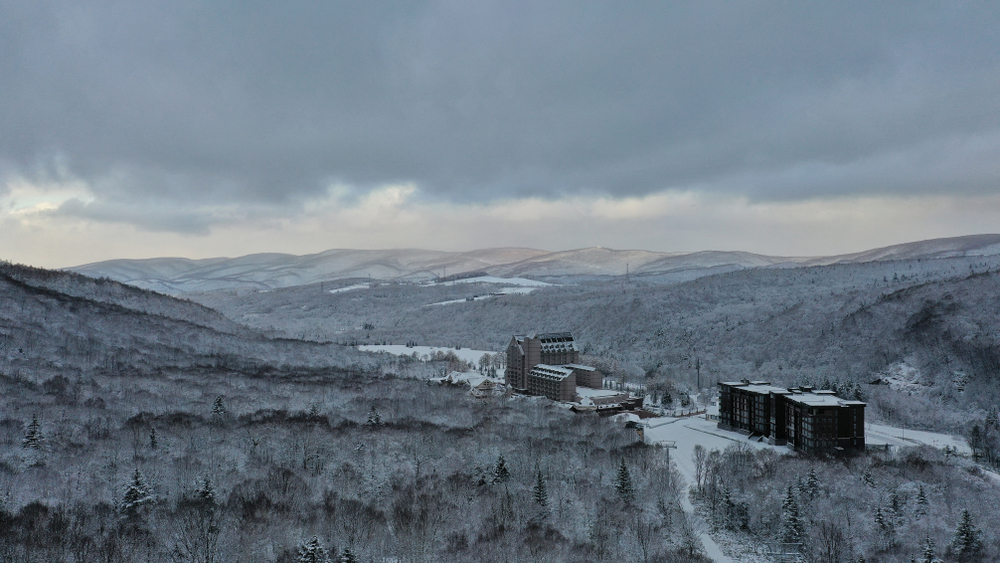
The Kutchan area is set to “roar” ahead, with a potential yet to be fully realised, predicts Barnett. “One thing that is still missing from this market is co-living at a high level, and whoever can tap this will be successful, given the sheer growth in seasonal workers who need accommodation and activities.”
Supply of residential developments last year jumped annually by 39 percent, a surge that has contributed to decelerating absorption rates. With newly built units coming online at starting prices of USD600,000, up from USD400,000 previously, returns could be squeezed anywhere between one and three percent over the next few years, Hough predicts.
It’s still amazing to me to see people, from Southeast Asia in particular, visit snow for the first tim
The seasonality of Niseko is ultimately to blame. “There’s this reliance on three or four months of actual, real good, solid yield and revenue, and then the rest of the year is of a lot less,” says Hough. “If it’s instant gratitude, year-on-year, short-term returns, then Niseko is at a cycle where you’re probably not going to get those.”
As a mid to long-term investment, however, Niseko is still a hot proposition. The vision of bullish capital gains and property ownership in a desirable destination—being groomed as the next Winter Olympics venue—could ice out concern with the central bank’s unpredictability.
“It’s still amazing to me to see people, from Southeast Asia in particular, visit snow for the first time,” says Guillemette. “There’s a growing middle class. It’s interested in snow sports, and Niseko is a lot closer than Europe or North America.
“The fact that there’s an enjoyment element to it means that people are less tied to this specific level of the currency.”
The original version of this article appeared in PropertyGuru Property Report Magazine Issue No. 186 on issuu and Magzter. Write to our editors at [email protected].
Recommended
Why Japan’s new interest rates might spark a transformation in Niseko’s property market
A new era for Niseko’s wintry property market dawns with the sunset of Japan’s negative rates regime
ARES White Paper Volume 3: The era of adaptive reinvention
Pioneering sustainable and innovative practices in urban development
ARES White Paper Volume 2: Unravelling the power of data revolution in real estate
Insights on proptech, smart cities, and sustainable development
ARES Digital White Paper Volume 1: The fundamentals of responsible building
Green and climate heroes join forces to discuss how Asia Pacific can weather the current environmental crises and the looming effects of climate change






